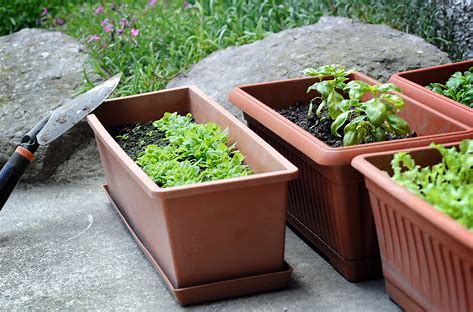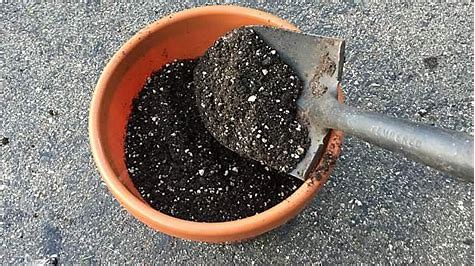
What to fill container garden? Having a lush container garden doesn’t have to require hours of planning and tedious setup; it simply takes a few steps and your creativity!
By choosing the right plants, soils, containers, watering systems, sunlight exposure, fertilizer and pest management solutions — you too can bring life into any outdoor space in no time.
This article will help guide you in assembling the elements of what make up container gardens so that you can DIY one yourself!
Key Takeaways
- Choosing the right plants, soils, containers, watering systems, sunlight exposure, fertilizers, and pest management solutions are essential for container gardening.
- Large planters require materials for good drainage and aeration. These options include gravel, pebbles, coconut coir, perlite, vermiculite, small stones, glass beads, wood chips, or bark mulch.
- Plastic waste can be recycled and used as the base for a large planter. Items like water or soda bottles, grocery bags, milk and juice jugs can be used for this purpose.
- Packing materials, particularly packing peanuts, can provide cushioning and stability to plants during shipping and can also be used as the base for a large planter.
- Gardeners should avoid using packing peanuts made from corn as they will disintegrate when exposed to water.
What To Fill Container Garden?

When it comes to filling the bottom of a large planter, soil is not always the best option. There are several alternatives that can provide better drainage and prevent root rot.
Before we get started on what you should use, a quick note on what not to use: avoid using packing peanuts made from corn, as they will disintegrate when exposed to water.
Large planters require something to fill the bottom for good drainage and aeration. Options include gravel, pebbles, coconut coir, perlite, vermiculite, small stones, glass beads, wood chips, or bark mulch.
1. Recycled Plastics
Plastic pollution is a major environmental issue that has been gaining more and more attention in recent years.
As plastic waste accumulates in landfills, oceans, and other areas of the environment, it can cause serious damage to ecosystems and wildlife. Fortunately, there are ways to reduce plastic waste by recycling it.
One way to recycle plastic is to use it as the base of a large planter. Plastic items such as water or soda bottles, grocery bags, milk and juice jugs can all be used for this purpose.
The plastic provides a sturdy foundation for the planter while also keeping weeds from growing up through the soil. By using recycled plastics in this way, we can help reduce the amount of plastic waste that ends up in landfills or polluting our environment.
2. Packing Materials
Packing materials are essential for protecting plants during shipping. Packing peanuts are a popular choice because they provide cushioning and stability to the plant, while also being lightweight and easy to use.
As long as they’re not the type that dissolves in water, packing peanuts can be used with confidence.
Styrofoam peanuts do an excellent job of providing protection and stability, so make sure they’re secured within a bag to keep them stable and in place. This will also make your life easier if you decide to repot the plant later on.
3. Metal Cans
Metal cans are a common sight in many households, as they are used to store and preserve food items.
Canned foods are convenient and often last longer than their fresh counterparts, making them a popular choice for busy families. From canned vegetables to soups and sauces, metal cans can be found in almost every kitchen pantry.
4. Plastic Pots
Plastic pots from chilled foods or takeaways can be a great way to repurpose items that would otherwise end up in the trash. By simply turning them upside down, you can create a solid foundation at the bottom of the large planter for your plant or tree to sit.
This is an easy and inexpensive way to create a beautiful garden without having to buy expensive pots.
5. Natural Materials
Natural materials are a great way to add texture and interest to any garden or home. They can be used in many different ways, from creating pathways and borders to adding visual interest to planters and flower beds.
Pine cones, wood chips, leaves, and sticks are all examples of natural materials that can be used in the garden or home.
Conclusion
This paragraph provides ideas for what to fill container gardens, such as recycled plastic, packing materials, metal cans, plastic pots and natural materials. These are all great ways to create a beautiful container garden while reducing waste and helping the environment.